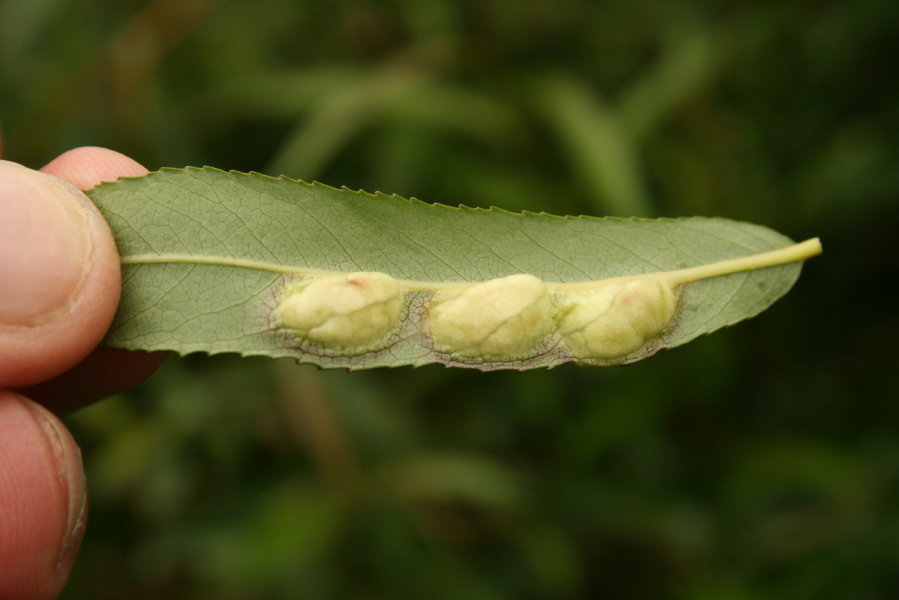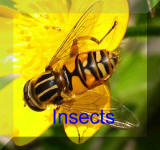Willow Red Gall Sawflly Pontania Pontania proxima
Habitat
Deciduous wood edges of marshes and on urban and ornamental willow (Salix).Identification
Adults: Willow redgall sawflies are small - approximately 3.5-5 mm long. They are shiny, black and wasp-like. They have asymmetric mandibles - the left mandible markedly constricted near the middle. The ovipositor is as long as the hind tibia while the cerci are shortened. The metatibia and metatarsomeres (leg segments on the third segment of the thorax) are not flattened or only slightly, and are not grooved laterally. The antennal hollow is smooth without hairs and has a shiny appearance, with few hairs on the lower part. The pronotum is black, possibly with pale marginsLarvae: The larvae of the willow redgall sawfly are pale green in color with a dark head. They are small and caterpillar-like, reaching only 5mm in length. They have legs present on the thorax and prolegs on each abdominal segment
Life history
Adults emerge in late spring, and females seek out suitable willows on which to lay eggs. Females inserts an egg into leaf tissue where it hatches and begins to eat the soft leaf tissue. This stimulates the leaf to produce a gall which is bean-shaped, smooth and emerges equally on both sides of the leaf. The gall may be green, red or yellow. A single larva feeds in the cavity of each gall. In mid summer the larva leaves the gall to drop to the ground where it pupates. A second brood emerges in late summer, and the fall larvae overwinter as pupae. Generally there are two generations per yearFound on Crack Willow Salix fragilis 12th June 2009 , Cromwell Bottom LNR Believed to be a Gall of the Tenthrenid Flies ( Sawflies) Possibly Pontania proxima
IMAGES (C) COLIN DUKE 2009
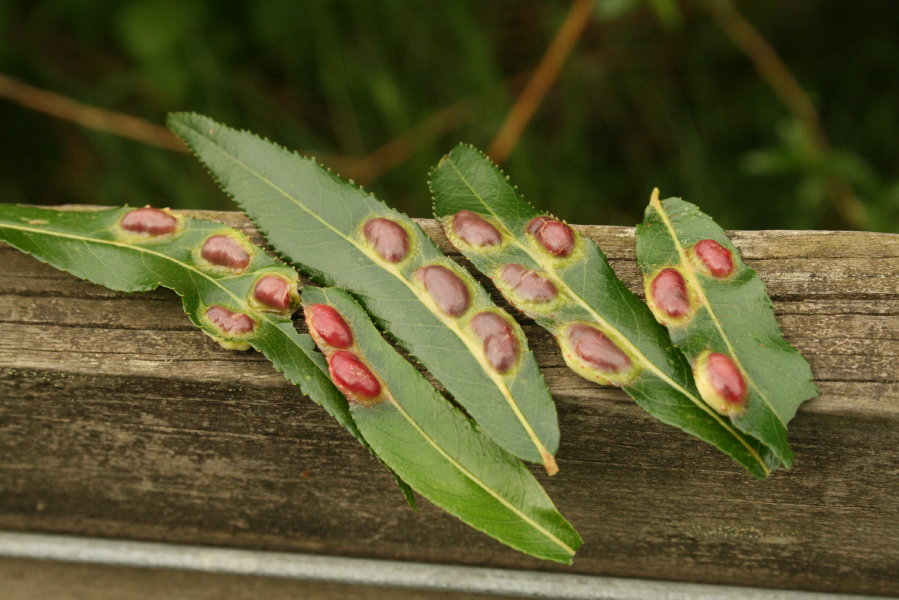
IMAGES (C) COLIN DUKE 2009
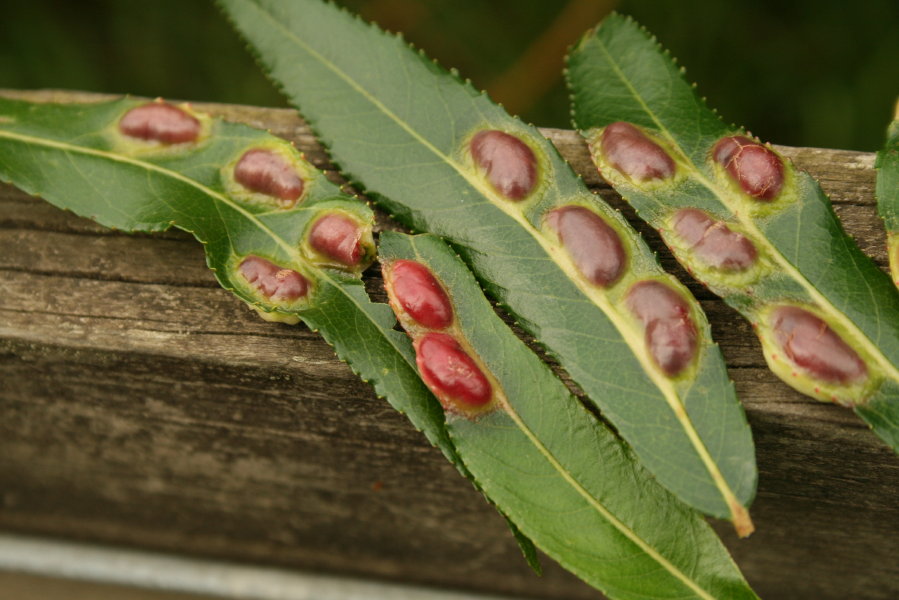
IMAGES (C) COLIN DUKE 2009
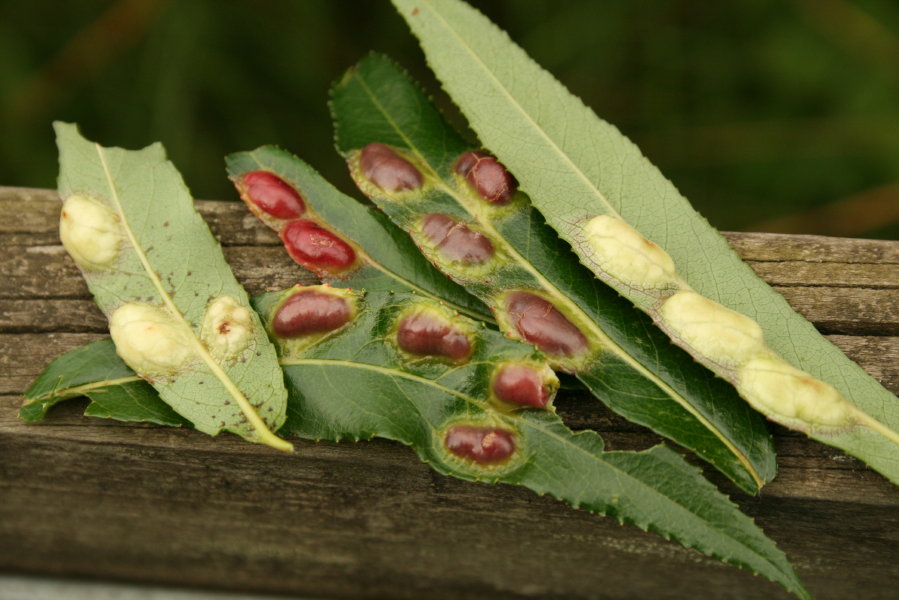
IMAGES (C) COLIN DUKE 2009
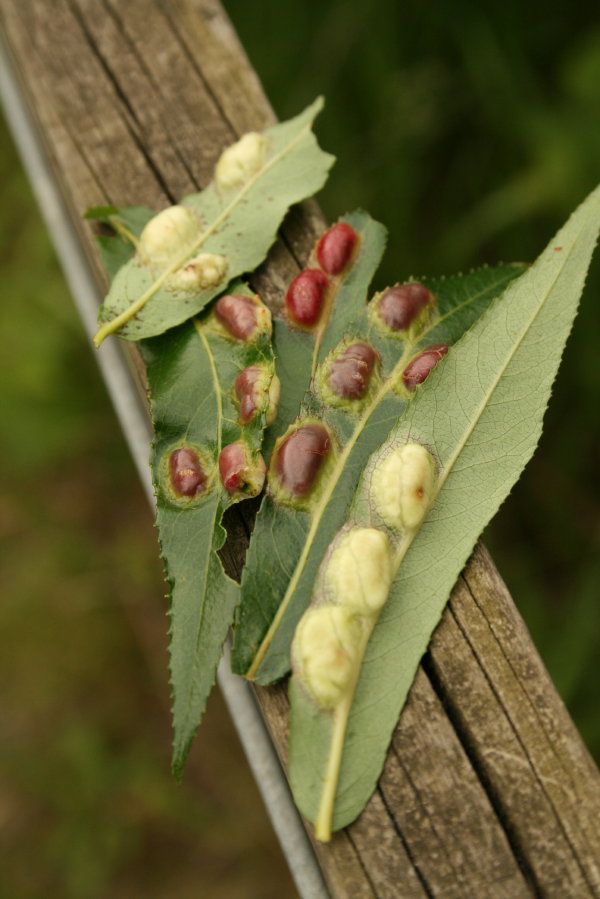
IMAGES (C) COLIN DUKE 2009
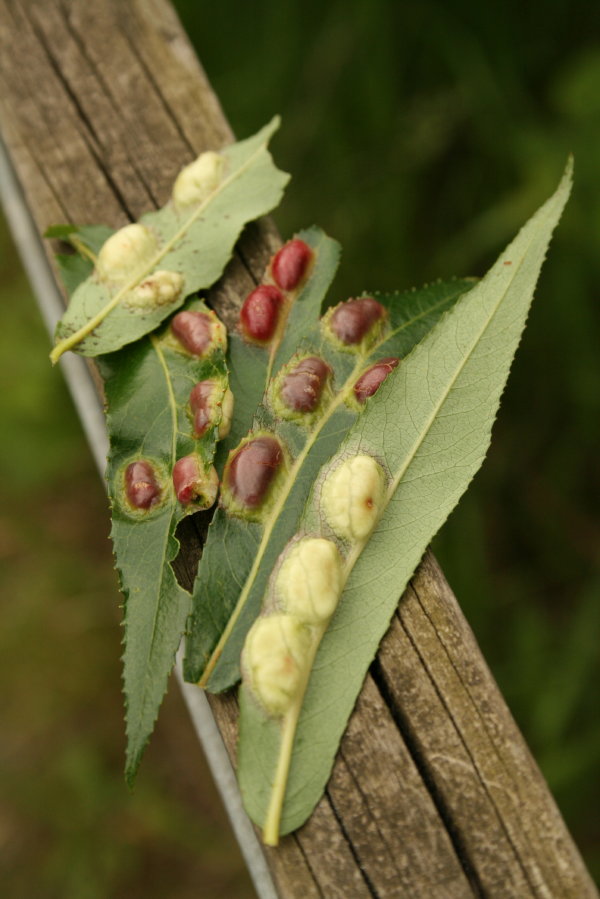
IMAGES (C) COLIN DUKE 2009
